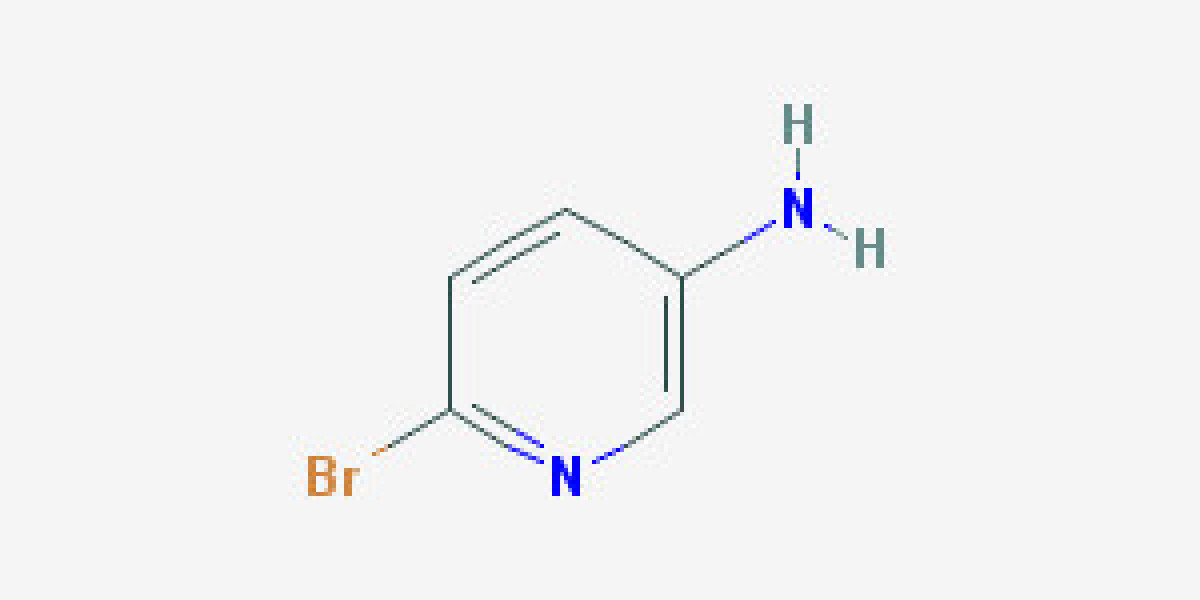What inspections are conducted on the chemical supply?
The chemical supply requires multiple inspections to ensure their quality and safety.
Physical inspection: Before the drug is released from the warehouse, physical inspection is required, including checking whether the specifications of the drug, the name and purity on the packaging label are consistent with the procurement requirements, counting whether the quantity is correct, and confirming whether the packaging is complete and the labeling is clear.
Data acceptance: Check the drug's certificate of conformity and chemical safety technical specifications to ensure that the drug meets relevant standards and regulations. If these materials are missing, the laboratory can independently search and save the chemical safety technical specifications.
Technical acceptance: Specific technical acceptance is required for different types of drugs. For example, solvent reagents such as dichloromethane and nitric acid need to be tested for the presence of the analyte or whether the heavy metal content meets the standards; Indicator drugs such as phenolphthalein and methyl red need to undergo functional testing to confirm their normal color development during the experiment; Other drugs such as anhydrous sodium sulfate need to be confirmed whether they meet the requirements for use after high-temperature treatment.
Routine physical and chemical testing: including drying loss, ignition residue, ash content, pH value, solubility, melting point, specific rotation, absorption coefficient, refractive index, relative density, viscosity, pour point, iodine value, alkali value, hydroxyl value, etc.
Microbial testing: Check for the presence of bacteria, fungi, yeast, Escherichia coli, Salmonella, Staphylococcus aureus, and other microorganisms in drugs.
Heavy metal testing: detecting whether drugs contain heavy metals such as lead, chromium, mercury, arsenic, etc.
Other tests include allergy tests, hemolysis tests, abnormal toxicity tests, etc., to ensure the safety of the drug.
Through these inspections, the quality and safety of chemical drugs during the supply process can be ensured, reducing potential risks.







